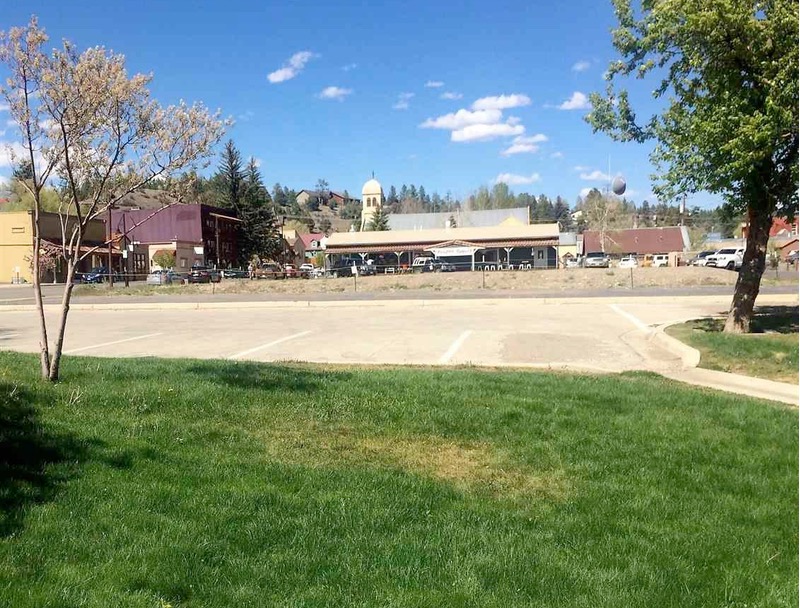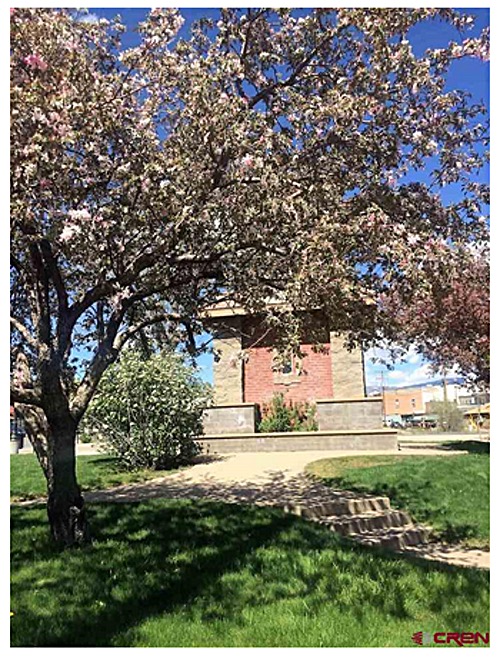I’ve been following the growth of the Pagosa Peak Open School fairly closely. (I serve on the school’s board of directors.) The 2016 plan for PPOS — the first charter school ever approved by the Archuleta School District — encompassed over 450 pages of research and documentation, and sketched out a purposefully-intimate, purposefully-innovative organization that might appeal to certain families in Archuleta County. The school’s founders wanted to create a K-8 public school, tuition-free, that would feel and operate more like a “big family” and less like a “government institution.”
The school is now in its third year, and has been going through some (expected?) growing pains, especially in terms of coming into alignment with government-imposed educational standards. The state of Colorado and the Colorado Department of Education (CDE) regularly measure and rank schools and school districts based on academic achievement. It doesn’t seem to matter much, to our state government, whether the staff and students and parents experience joy, comradery, discovery, or fulfillment in a public school. Those measures are immaterial to CDE’s ranking systems.
Can the students read textbooks and understand their dry, unexciting content? Can the students solve quadratic equations? Those are the types of bureaucratic standards used to rank school performance.
And because Pagosa Peak is a public school, and accepts taxpayer funds, the staff has been seeking better ways to promote government-mandated reading, writing, and arithmetic skills, while holding true to its essential goal: to help develop young people who love life, who love our beautiful green planet, and who, most of all, love learning.
This year, the staff at Pagosa Peak Open School has put additional focus on SEL. “Social Emotional Learning”. From the Edutopia website:
Educators and community agencies serve students with different motivation for engaging in learning, behaving positively, and performing academically. Social and emotional learning (SEL) provides a foundation for safe and positive learning, and enhances students’ ability to succeed in school, careers, and life…
Research shows that SEL not only improves achievement by an average of 11 percentile points, but it also increases pro-social behaviors (such as kindness, sharing, and empathy), improves student attitudes toward school, and reduces depression and stress among students…
The idea could be summarized like this: if students feel safe — physically safe, and emotionally safe — they will be better able to learn challenging academic skills. If kids don’t feel safe, they will have a hard time with academic learning. So, this year, Pagosa Peak has been focused on SEL — a type of learning that CDE does not measure — partly in order to help students perform better on CDE’s academic tests. You might call it, coming in through the back door.
Can our community, as a whole, come in through the back door?
We looked very briefly, yesterday in Part Four, at one of the 363 goals included in the Town of Pagosa Springs’ recently-updated Comprehensive Plan.
- Project #1: a redevelopment at the corner of Lewis and Main Street
This is a very simple description of a rather complex goal.
It’s one of seven “Catalytic Projects” in the 2017 Comprehensive Plan update — one of the seven ideas that “exemplify the goals and actions contained herein. This plan calls these ‘Catalytic Projects’ as any one of these would act as catalysts for the goals and actions of the Comprehensive Plan.”
That’s according to the Frisco-Colorado-based consultants who wrote the Plan update. Here are the seven “Catalytic Projects” once again. Seven goals, perhaps especially important goals? Out of the 363 goals included in the Comprehensive Plan.
These projects include:
- Project #1: a redevelopment at the corner of Lewis and Main Street
- Project #2: a walkable mixed-use development on the Springs Partners site in downtown
- Project #3: A sub area plan for uptown
- Project #4: The attraction/creation of other local specialty businesses that employs between 25 and 50 people
- Project #5: An affordable or attainable housing development that will increase housing opportunities
- Project #6: The completion of the Town to Pagosa Lakes Commuter Trail
- Project #7: The establishment of a Recreation Center and/or Recreation District
I shared a few photographs posted to the CREN (“Colorado Real Estate Network”) marketing network. The Adobe Building near the corner of Lewis and Main burned in 2016, and the resulting vacant lot has been on the market for a while now. (Photo by Jeff Laydon, Pagosa Photography.)

The Town’s Comprehensive Plan calls the redevelopment of this particular vacant parcel, “Catalytic.” As I understand the term “Catalytic” it implies that a redevelopment of the Adobe parcel would then cause other development projects to take place — other development projects that would probably not happen, if our Town government didn’t actively promote the redevelopment of this particular parcel. In particular, the Town government might — if the authors of the Comprehensive Plan have their way — donate the publicly-owned Bell Tower Park property to a developer, to “sweeten the deal” and encourage this particular “Catalytic” project.


I’m trying to understand the logic. We have numerous vacant parcels in downtown Pagosa Springs. Why would one particular vacant parcel be put up on a pedestal and labeled as “Catalytic” while all the other vacant parcels are seemingly less important?
And especially perhaps, I’m trying to understand if we might need to come in through the back door.
How about parking, for example? I’ll get more deeply into that issue tomorrow.
But first, a quick discussion of the term “Catalytic.” Eight years ago, during some tough economic times, the Town government was falling all over itself trying to get a Walmart store to locate in our community… and they were successful. A new Walmart store opened in April, 2015, in the midst of the economically-struggling, mostly vacant Aspen Village neighborhood, along Highway 160.
The high school band played. A military honor guard displayed flags as we listened to the ‘Star Spangled Banner’ sung over a PA system. The staff performed the traditional Chamber of Commerce ribbon-cutting in front of a monstrous stack of Cola Cola boxes. Some Jicarilla Indians made an appearance. It was a real celebration.

One might assume that the arrival of the world’s largest retailer in the midst of a mostly-vacant mixed-use subdivision would be “Catalytic.”
But in fact, nothing much has happened in the Aspen Village neighborhood, except that the Family Dollar store went out of business, and Parelli Natural Horsemanship headquarters scaled back rather drastically (making room for Pagosa Peak Open School to move into its office building.) The numerous homes planned for the area around the Walmart store never got built.
Five years after its opening, a popular 90,000-square-foot big box store appears to have had zero “Catalytic” effect on its surrounding neighborhood.
Which brings us, I believe, to the question of “parking.”






